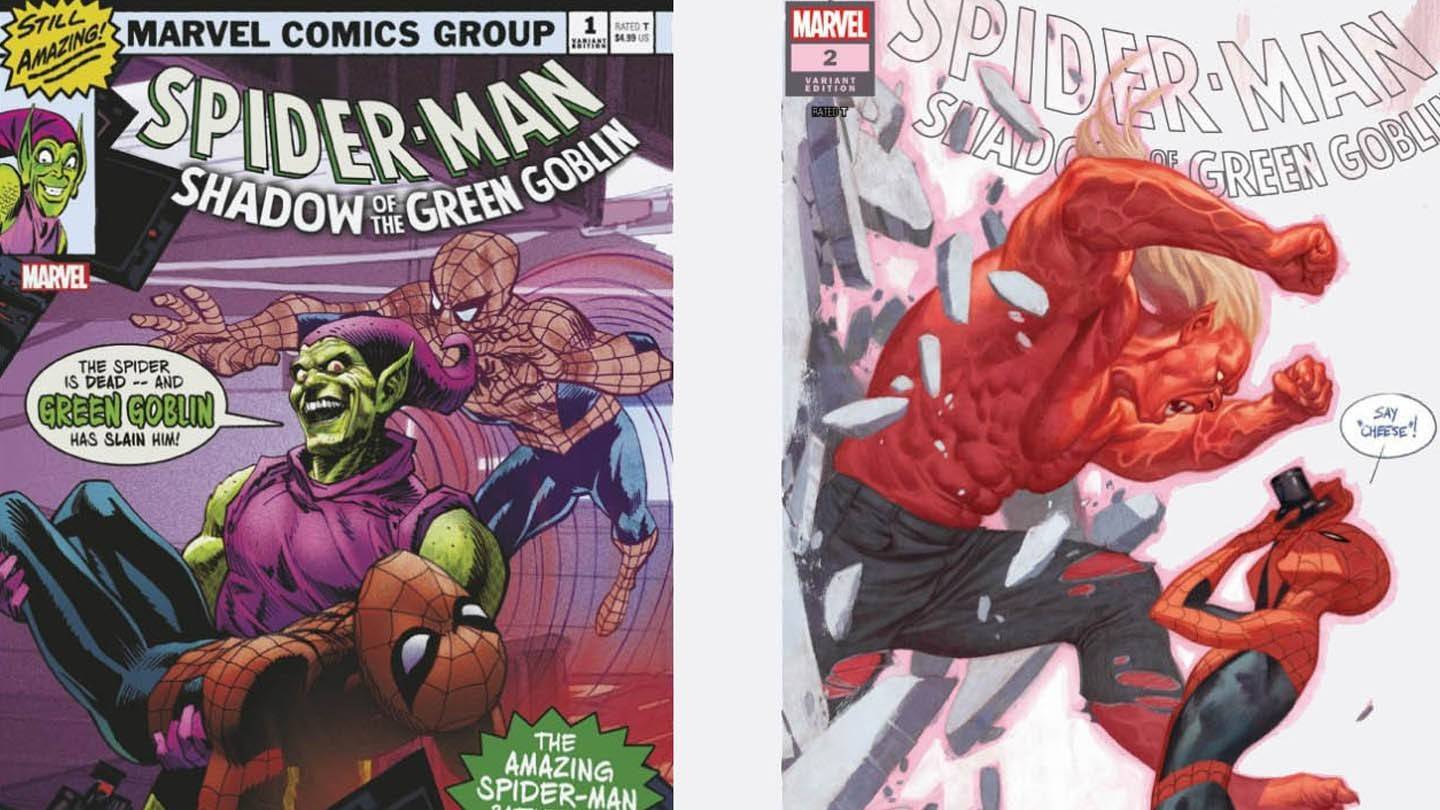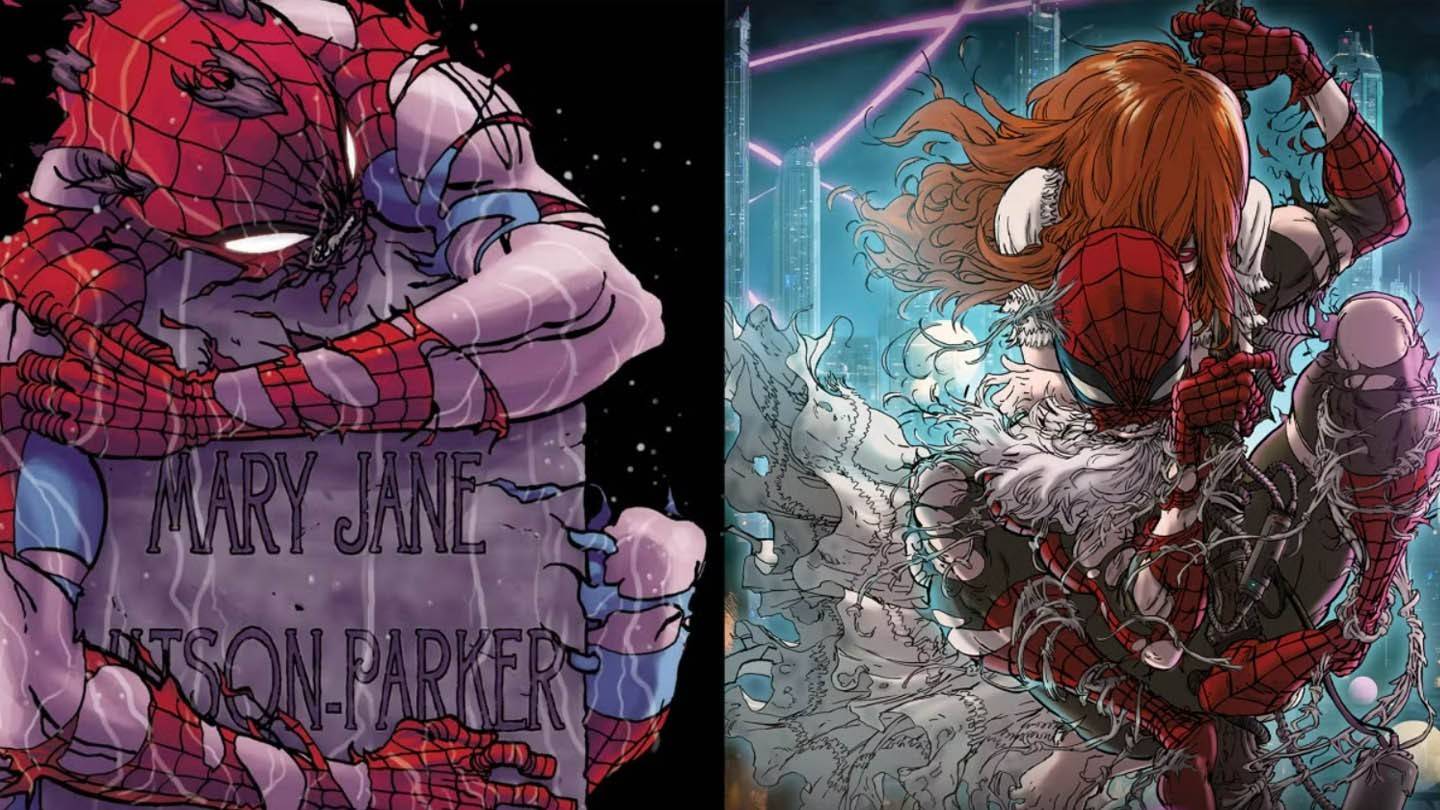Because of the negative backdrop surrounding Amazing Spider-Man, it might seem like Friendly Neighborhood comics are at rock bottom right now—but that’s not entirely true. There are still several standout Spider-Man stories worth diving into. Whether you're into horror, psychological drama, “buddy-movie” vibes, or even children's adventures, there’s something here for every fan. From the end of an era for Spidey to the beginning of something new, welcome to a fresh take on the web-slinging hero.
Below, we explore three distinct narrative paths: Web of Past, Web of Dreams, and Web of Absurd. Each offers a unique lens through which to view Peter Parker. Let’s start with what resonates most—especially if you’re a fan of Insomniac’s Spider-Man games.
Spine-Tingling Spider-Man

Image: ensigame.com
Writer: Saladin Ahmed
Artist: Juan Ferreira
Although most of this comic was released in 2023, its final issues wrapped up in 2024—and it's definitely worth mentioning. Originally a digital-only series, Spine-Tingling Spider-Man was later reprinted as a one-shot (#0), followed by a four-issue limited run.
This story leans heavily into surrealism, delivering a psychedelic journey through madness and dreams. The visual style is bold and expressive, allowing Juan Ferreira to shine without needing heavy dialogue. His art conveys Peter Parker’s anxiety and fear effectively, giving readers a visceral sense of unease.
The main antagonist, Paul (also known as the Dream-Eater), uses music to steal people’s dreams. Spider-Man must stay awake and fight off hallucinations, creating a bizarre and unsettling atmosphere—imagine Spider-Man Meets Junji Ito, brought to life across 100 pages of haunting visuals.
In the limited edition, the artwork becomes even more experimental. Spidey finds himself trapped in a nightmare that feels eerily similar to Beau Is Afraid, where every fear imaginable manifests physically—from being unrecognized by friends to being harassed by a creepy train conductor.
Ferreira draws inspiration from classic manga techniques and Junji Ito’s horror aesthetics. Monsters are exaggerated and grotesque, while Peter remains intentionally minimalistic, making him easier to empathize with. It’s a masterclass in visual storytelling.
Spider-Man: Shadow of the Green Goblin

Image: ensigame.com
Writer: J.M. DeMatteis
Artist: Michael Sta. Maria
What if the first Green Goblin wasn’t Norman Osborn? That’s the central mystery of Shadow of the Green Goblin, a flashback tale that dives deep into the origins of one of Spider-Man’s most tragic villains.
Marvel has been scaling back on nostalgia-driven stories lately, but this one stands out. It follows a familiar formula—revisiting a character’s past to fill in forgotten gaps—but does so with emotional depth and literary flair.
DeMatteis, best known for Kraven’s Last Hunt and his run on Spectacular Spider-Man, crafts a dark, introspective narrative. At its core, this comic explores Harry Osborn’s trauma and how his father’s descent into madness shaped his own fate. Now, DeMatteis turns the clock back further to examine the roots of the Green Goblin legacy.
The Proto-Goblin, introduced in a 1990s flashback issue (Spider-Man #-1), serves as the starting point. Here, we see how Norman Osborn tested his infamous serum on an unwitting test subject—Nels van Adder—who became the first monstrous iteration of the Goblin.
This isn’t just a superhero story—it’s a psychological study of family dysfunction, inner demons, and how evil can grow quietly over time. The shadow of the Green Goblin looms large, even before Norman fully embraces the persona.
Despite being overshadowed by the declining popularity of flashback arcs, Shadow of the Green Goblin remains one of the most emotionally gripping Spider-Man stories ever told. Don’t miss it.
Spider-Man: Reign 2

Image: ensigame.com
Writer/Artist: Kaare Andrews
In Reign 2, New York City is under the control of Wilson Fisk, locked behind an electric dome to keep out zombies. An older Peter Parker, presumed dead, exists in a digital illusion created by his radioactive sperm—yes, really. He lives a peaceful dream with Mary Jane until a young thief named Kitty Cat shatters the fantasy.
Together, they attempt to prevent catastrophe through time travel, bringing together multiple versions of Spider-Man.
While technically a sequel, Reign 2 functions more as a soft reboot or reinterpretation of the original Spider-Man: Reign. Unlike the first installment—which often drew comparisons to The Dark Knight Returns—this volume feels closer to Iron Fist: The Living Weapon, another intense, stylized work by Kaare Andrews.
There are clear callbacks to his previous works: raw violence, frail protagonists facing down overwhelming odds, tragic maternal deaths, and emotionally charged battles filled with rage.
Some elements are intentionally over-the-top:
- Time travel
- Young Goblins
- Kingpin transformed into a cyborg mass of flesh
- A shocking Venom twist that rivals the absurdity of Venom the Horse
Andrews excels in depicting extreme physical and emotional pain. This may be the darkest version of Spider-Man yet—a world where Peter is crushed under the weight of his responsibilities, much like Hickman’s Ultimates version.
Yet, in the end, he finds peace. For the last time, he lets go.
Each of these stories represents a different side of Spider-Man: psychological horror, tragic origin tales, and dystopian chaos. Depending on your taste, any of them could resonate deeply—especially if you enjoyed the tone and themes of Insomniac’s Spider-Man games.















